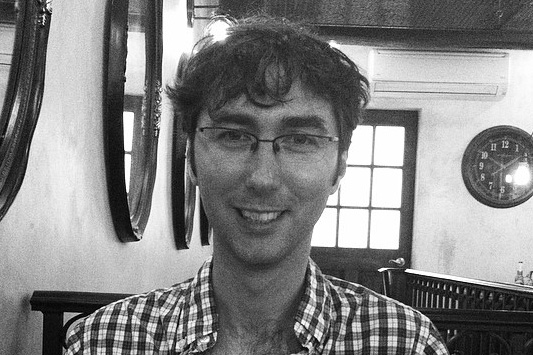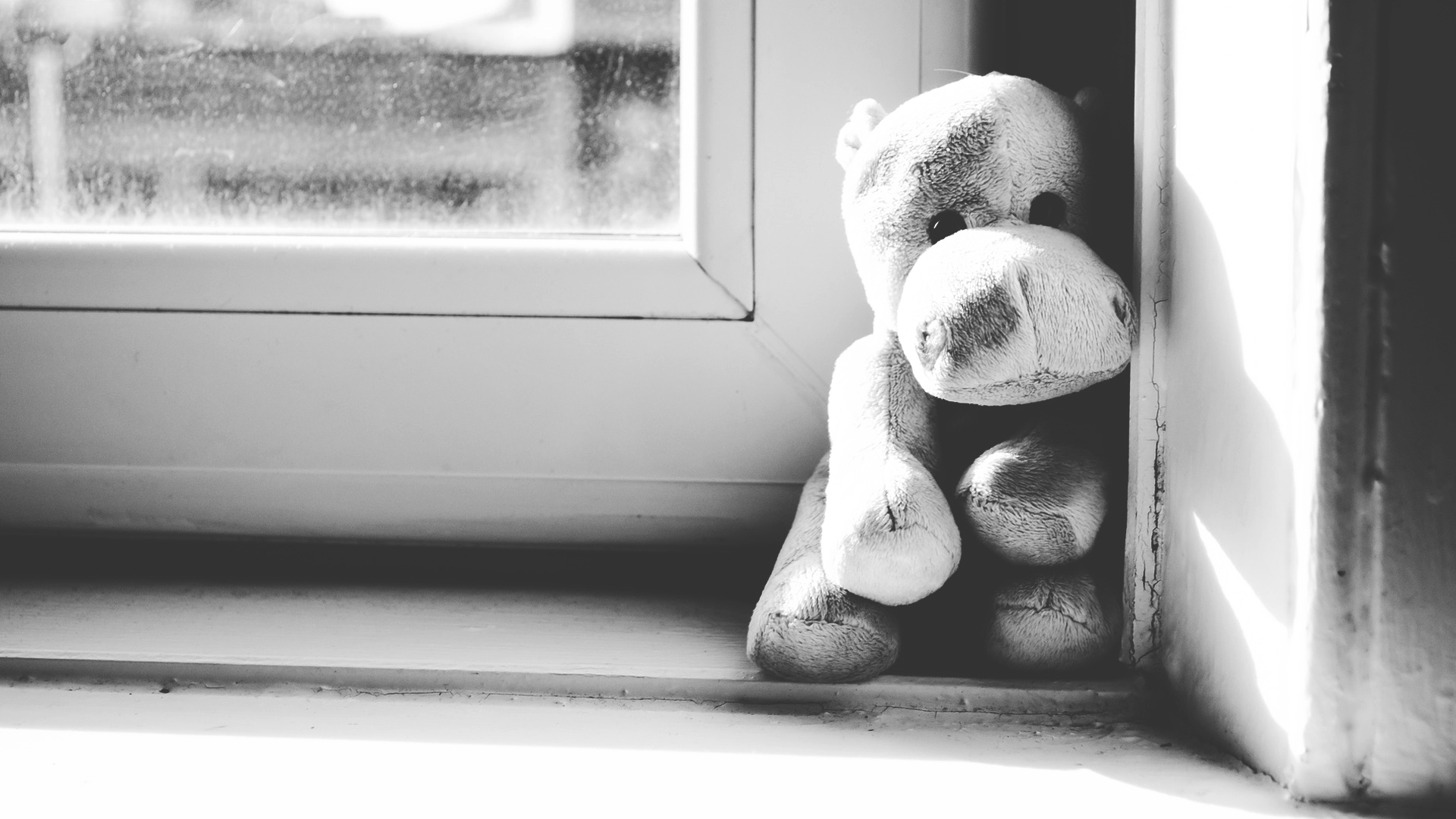
When Hate Crimes Hit Close to Home
By Brian Gresko
It’s one thing to listen to troubling news on the radio and talk about it with your child; it’s another when terrible events happen right in your backyard. As many outlets have reported, there has been a surge of hate crimes across the nation. Here in Brooklyn, we’ve experienced it firsthand.
On Friday, November 18th, swastikas were found painted on the play equipment of Adam Yauch Park, not far from my home. This heinous act was even more appalling given that Yauch, better known as MCA from the Beastie Boys, was a peace loving human rights activist and the son of a Jewish mother. My family and I pass that playground frequently on our walks to the Brooklyn waterfront, and when my son Felix was a toddler, I played with him there. Hearing about this defacement left my wife and me angry, upset, and worried.
My wife is from a Jewish family while my son and I are gender non-conformists, and yet by the privilege of our race and class we’ve never felt unsafe on our streets. This, on top of other local incidents of bias violence, had us reeling. It also provided a teaching opportunity for our 7-year-old son, who didn’t fully understand why we felt compelled to attend the cathartic and moving anti-hate rally that was organized in the wake of the defacing, or what a swastika symbolizes, or what a hate crime is.
As we usually do when discussing morality, ethics, and human psychology, we used stories with Felix—specifically, the cartoons, fantasy books, and superhero tales that our son loves. For example, when explaining the meaning of a swastika, we talked about the Nazis portrayed in the X-Men movies, where we saw Magneto’s Jewish family pulled apart by the Germans in 1944 and ultimately murdered in a concentration camp. This experience marred Magneto for life, making him distrustful of the government and people at large and prone to violent outbursts. For Magneto, hate led to hate, pain begat pain. For our young child, X-Men had a useful narrative for illustrating the agonizing and cyclical effects of trauma upon the victimized. When seen in the scope of how mutants are discriminated against in the Marvel world, the storyline was helpful for discussing discrimination at large.
This isn’t it to say we try to reduce actual issues to comic book plot lines. Rather, these stories provide helpful entry points to more serious discussions of racial, religious, sexual, and gender prejudice. Once our son gets the idea, we’re able to introduce him to real world examples. In this case, the story of Magneto led to the story of Anne Frank, which led to the story of how Felix’s grandfather’s family escaped the pogroms in Russia.
This led us to swastikas on a playground in Brooklyn. We spoke carefully about this because we wanted Felix to feel concerned but not terrified. We talk about race and gender presentation as directly and honestly as possible, but the discussion of hate crimes is different. These acts of intimidation erode our sense of social order. Stability, a clear sense of justice—these are what young minds crave, particularly hyper-sensitive ones like my son’s. How then do you discuss them in such a way that your children are left feeling “on guard” but not paralyzed with terror?
For advice, I reached out to Doyin Richards, founder of Daddy Doin’ Work and author of the critically acclaimed children’s book I Wonder. He said that he tells his two kids yes, there are bad folks out there who won’t like them for reasons they can’t control. However, he also wrote:
The main part of my message is to remind them that there are way more good people out there who believe in love, acceptance, and inclusion. Hate is a byproduct of fear, and fear is a byproduct of ignorance. My goal is to constantly keep my kids educated about diversity, and in turn, they can help educate others. There isn’t a more important time to shine our lights than right now.
His message isn’t just comforting, it’s inspiring—a reminder that we can’t let the fear mongers scare us into hiding or being something other than who we want to be. Lynn Melnick, a fellow Brooklyn parent of two girls and co-editor of Please Excuse This Poem: 100 New Poets for the Next Generation, agreed with Doyin’s positive message. She wrote:
I have always talked to both of my girls regularly about the unfair and sometimes brutal way people are treated in the world because of various identities, and how important kindness and respect are, and how we all need to look out for one another. … I reassure them that they are safe. I need them to know that I will always protect them and that there are many adults in their lives who will do the same, and this is the message I keep repeating in recent weeks, even when I myself am feeling afraid.
Sadly, it appears we will need to keep repeating these pep talks. This morning, I listened to a call for New Yorkers to stand up for their neighbors after an off-duty hijab-wearing police officer and her 16-year-old son were harassed and threatened on a Brooklyn street. Occurrences like these provide potent examples of what bigotry and hatred look like. But unlike historical events or fictional stories, they are unfolding in real time, which has all of us on edge and scared.
As Richards and Melnick remind us though, we must not let our kids feel like we can’t handle this fear. Our society as it exists now is in transition, and I believe in some fundamental ways it is ill. But that doesn’t mean all people are bad or that we shouldn’t nurture hope for the future or that we should cultivate hate in our hearts.
Now more than ever is the time to demonstrate with our words and our actions what acceptance and compassion look like. That may be as small and personal as speaking up to a family member when you hear them express prejudiced opinions or crack mean-spirited jokes based on stereotypes. Or it may mean going beyond the symbolism of wearing a safety pin and saying something when you see a person’s emotional well-being and physical space threatened. Whatever the case, our kids’ attitudes about acceptance and diversity start today, with you.
Because they are always watching. Throughout much of the anti-hate rally at Adam Yauch Park, my son Felix had wide eyes as I held him aloft on my shoulder. He didn’t take part in the call-and-response, nor did he clap after a particularly inspiring and passionate remark. But he was ever observant, taking in hundreds of adults of all colors and backgrounds chanting and cheering about love for their fellow human beings.
We’ve already quietly laid a foundation for compassion and acceptance in our home. Now we must model for him how at times humane citizens need to step out to attend a rally, to volunteer, to write a letter, or to make a call. I hope this is the base from which my son’s attitudes about the world grow—not in worrying, fear, anger, and hand-wringing, but in confidence, community, positivity, and action.










